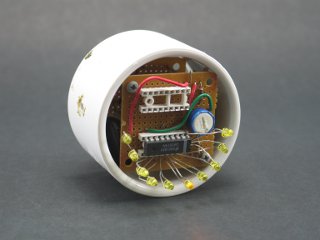I occasionally post samples of source code in a handful of languages
on this site; to present these in the most readable form I started
looking for client-side syntax highlighting scripts, always with an
eye towards matching the behavior of emacs and its major modes. I
made attempts with the most popular choices in this area, but was
disappointed with them for various reasons:
-
google-code-prettify
did not highlight C correctly; it marked types (char, for example)
as keywords sometimes, and it's not actually hosted on the google
CDN, which I would think is one of the major reasons to use a
google project for something like this.
-
highlight.js
relies on a mysterious process of automatically "detecting" the
language used in a particular code block, which failed in my test
case when it mismarked C as perl. Despite that, it comes with some
nice color themes and, unlike google-code-prettify, is hosted
externally, although I would be more comfortable if it was hosted
on a major CDN like google's.
-
SyntaxHighlighter has extensive language
support and uses an autoloader to load only the scripts necessary
for highlighting the languages contained in the current page, a
significant point in its favor. However, the html produced by this
script is heavy with non-semantic <div>'s (one for each
line!) and wraps every highlighted token in its own <code>
tags. I prefer client-side scripts not to throw semantics out the
window when possible; one <span> with appropriate class
names for each token should be sufficient.
But just as I was about to turn away from this project and put
syntax highlighting on the shelf for awhile, I found another script:
Rainbow, by Craig
Campbell. This library makes heavy use of regular expressions, which
I'm fond of, and seems to have been designed from the beginning for
ease of extensibility. It's also hosted on GitHub, and I've already
taken advantage of that to make some small contributions to the
project. Rainbow is relatively young and doesn't support very many
languages as yet, it's true, but this script is so easy to extend
that I don't anticipate that will be much of a problem—I'll
probably just write a new mode myself if I need one.

